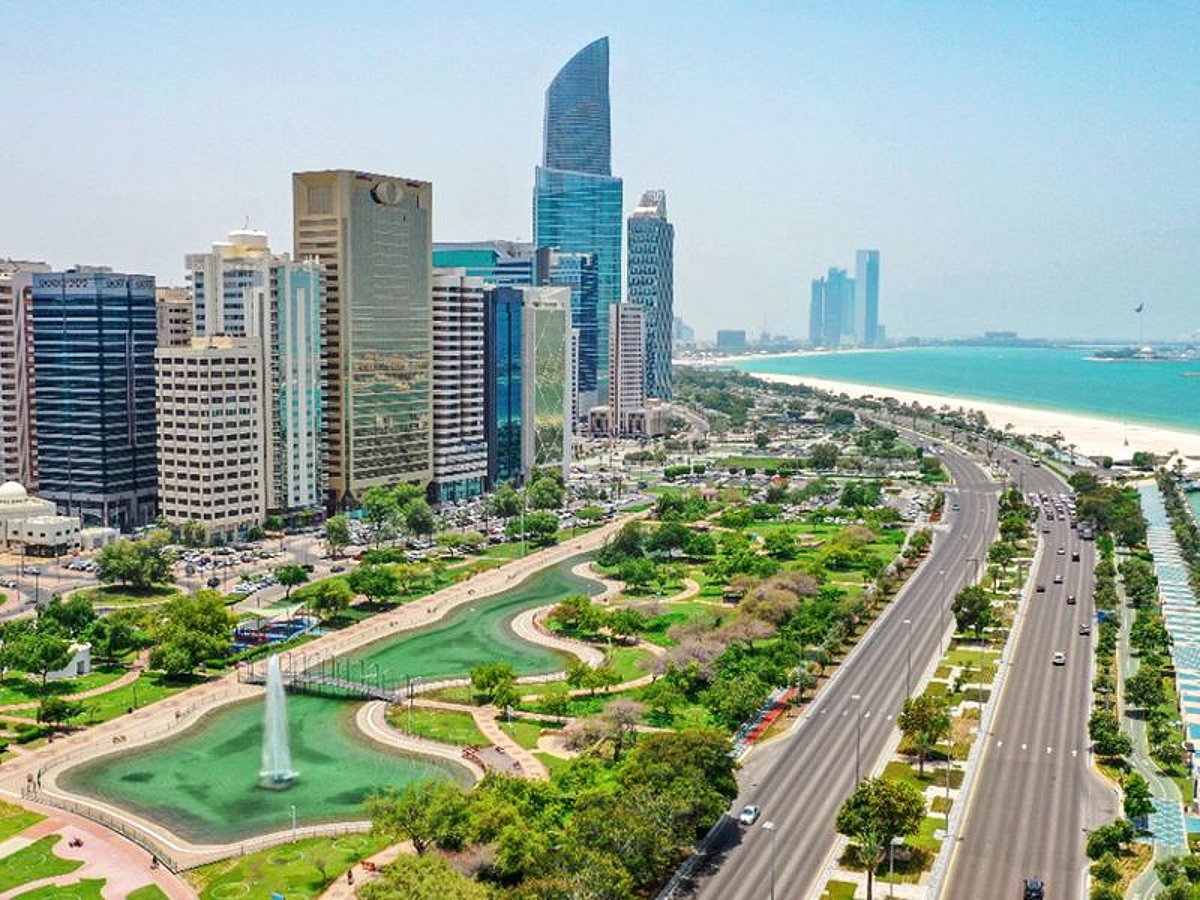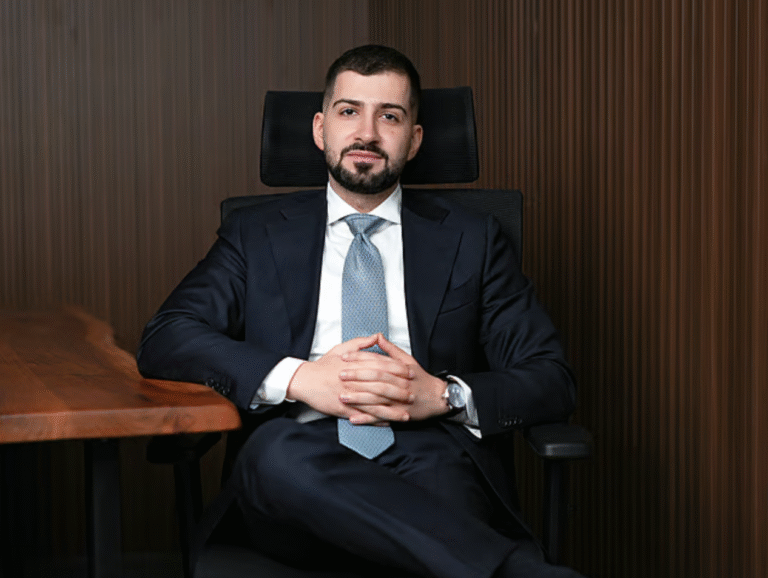
Now Dubai, Northern UAE
The company’s rebrand earlier this year marked a shift from purely local management to a broader regional vision. Relaam now plans to extend its capabilities to Dubai’s increasingly institutional real estate environment, where owners are seeking greater operational efficiency and digital transparency in property management.
Its entry into Dubai is expected to coincide with new partnerships and asset management contracts, particularly in the mid- to high-end residential segment and select commercial developments.
Realty management evolves
Industry analysts say Relaam’s strategy reflects a broader professionalisation trend in the UAE’s property sector. As developers launch new projects and institutional investors acquire larger portfolios, the focus is shifting from asset ownership to efficient long-term management.
Firms like Relaam are responding by integrating digital systems for maintenance, tenant communication, and performance tracking — bringing the sector closer to international management standards.
Eyeing GCC, global growth
Relaam’s regional ambitions also align with growing GCC demand for managed residential and mixed-use developments. The company has indicated that once its UAE expansion stabilises, it will explore entry into key Gulf cities such as Riyadh and Doha, followed by selective international growth.
With its performance-driven model and rising occupancy rates, Relaam is positioning itself as one of the UAE’s most active property management players — evolving from a capital-focused operator into a regional-scale enterprise.
Justin is a personal finance author and seasoned business journalist with over a decade of experience. He makes it his mission to break down complex financial topics and make them clear, relatable, and relevant—helping everyday readers navigate today’s economy with confidence.
Before returning to his Middle Eastern roots, where he was born and raised, Justin worked as a Business Correspondent at Reuters, reporting on equities and economic trends across both the Middle East and Asia-Pacific regions.







